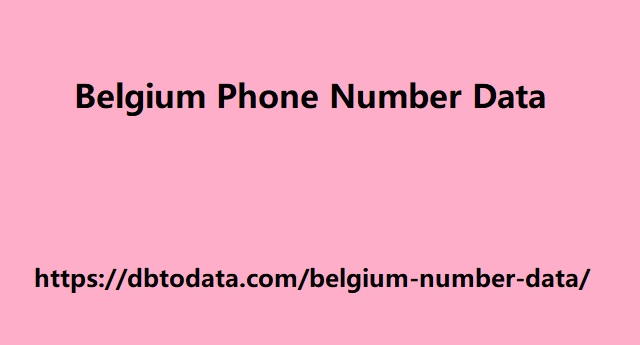|
|
EAT can be said to have become an essential concept over the past few years, but because it is a concept, various misunderstandings have arisen. There is no doubt that it is very important for SEO, but if you do not understand it accurately, you may end up creating unnecessary measures and work. Here's an article from Seah Engine Journal that explains 10 common misconceptions about EAT. There is a lot of confusion and misunderstanding about how EAT works and how to use Google. In this article, we will introduce 10 misconceptions about Google's EAT. EAT (Expertise, Authority, Trustworthiness) is a concept first used in Google's 2014 quality assessment guidelines. These guidelines are used by Google when evaluating the quality of search results. Search results quality ratings employ thousands of raters who manually rate web pages and provide feedback to Google about the quality of those web pages. Feedback from quality raters is benchmarked and used to improve Google's algorithms. EAT serves as a standard for measuring whether a website provides trustworthy and professional content.
The following statement can be found in the guidelines: "Expertise, authority, and trustworthiness (EAT) are extremely important for any web page that has a useful purpose." Google asks quality raters to consider the following: EAT of the main content of the web page being analyzed The website itself Autho Belgium Phone Number Data of website content In the current quality assessment guidelines, the word EAT is used 137 times out of 175 pages. EAT has become a hot topic in the SEO industry over the past year, especially in relation to changes in organic traffic performance due to Google's core algorithm update rolled out on August 1, 2018. SEO experts began speculating that EAT played a key role in this update (Google later confirmed this on its Webmaster Central blog ).

In particular, it seems that websites in the YMYL (Your Money, Your Life) domain, which have major problems with EAT, were greatly affected. While there are often differing opinions in the SEO industry, discussions about EAT quickly led to confusion, misunderstandings, and factual errors. Most of these misconceptions stem from the disconnect between that theory and how it is reflected in Google's current algorithms. Google's goal is to display websites with good EAT in search results, and it uses algorithms to achieve this. However, EAT itself does not explain how current algorithms work.
|
|